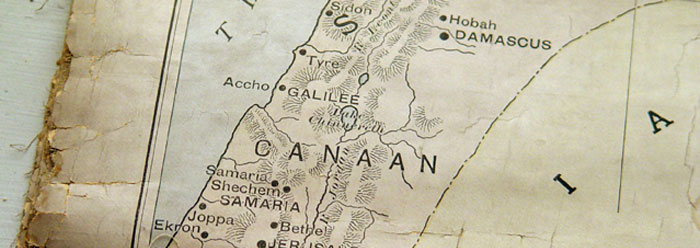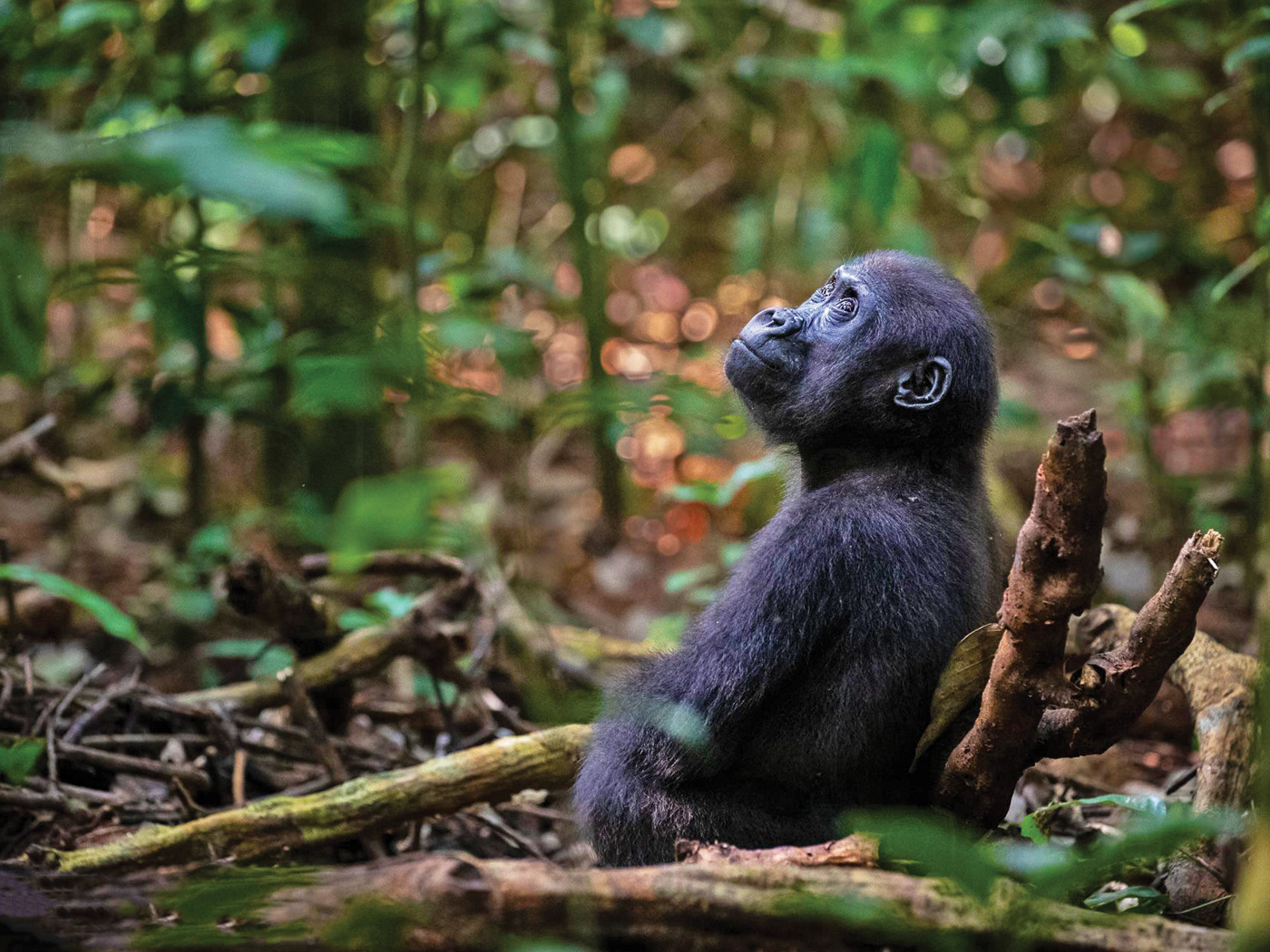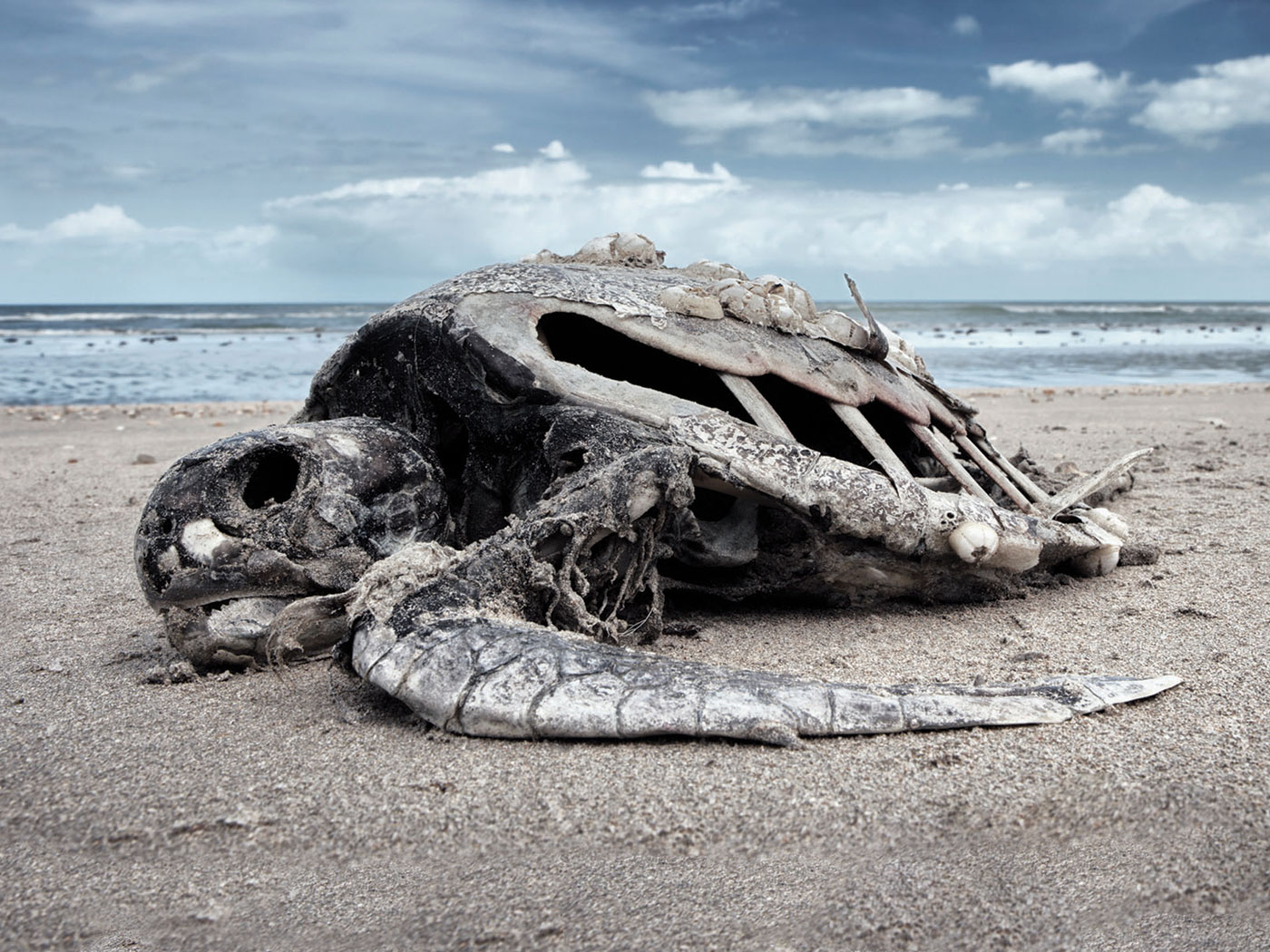March went out with a jolt in central Idaho. March 31 saw a magnitude 6.5 earthquake strike about 45 miles west of the town of Challis at about 6:52 pm local time.1 The recent quake was about 100 miles northeast of the city of Boise and about 325 miles north of the recent 5.7 magnitude near Salt Lake City, Utah. The focus (location of energy release) was about 6 miles underground.2
About an hour later, there was an aftershock measuring 4.6 that struck just the south of the main quake. Now, numerous smaller quakes continue to rattle the region.2
Residents in Boise area and in the adjoining states also felt the quake. The Boise police department tweeted: "Yep we felt it too. No reports of damage at this time. Stay safe out there Boise. Call us if you need us."1
The earthquake brought back memories of the largest quake in Idaho recorded history: a 6.9 magnitude tremor that struck in 1983 about 60 miles east of the most recent activity.2 Known as the Borah Peak earthquake, it killed two people in the town of Challis and caused $12 million in damage.2
You may think a 6.5 and a 6.9 are not much different in size, but the magnitude scale is a logarithmic function. In other words, for every two-tenths of an increase in magnitude, the energy released is about doubled. Following the “two-tenths rule,” the 6.9 magnitude quake in 1983 released about 4 times the energy of the 2020 quake.
According to the USGS:
Was this Idaho quake influenced by the recent Utah activity that started on March 18?3 It is hard to say for certain one way or the other. However, both earthquakes were associated with large normal faults, caused by crustal stretching far from any know plate tectonic boundary. And both occurred along major extensional fault zones that formed late in the Flood year.
It is obvious these fault zones are still active. And it seems obvious these faults are not millions of years old as claimed by evolutionary scientists. The periodic activity on these fault zones best fits a recent global Flood event just 4,400 years ago.4
References
1. Jackson, A. and A. Rose. A magnitude 6.5 earthquake strikes Idaho. CNN News. Posted on cnn.com March 31, 2020, accessed April 1, 2020.
2. USGS. M 6.5 - 72km W of Challis, Idaho. Posted on earthquake.usgs.gov April 1, 2020, accessed April 1, 2020.
3. Clarey, T. 2020. Earthquakes Still Active in Utah. Creation Science Update. Posted on ICR.org April 4, 2020.
4. Clarey, T. 2020. Carved in Stone. Dallas, TX: Institute for Creation Research.
*Dr. Clarey is Research Associate at the Institute for Creation Research and earned his doctorate in geology from Western Michigan University.












